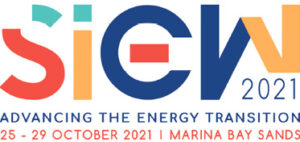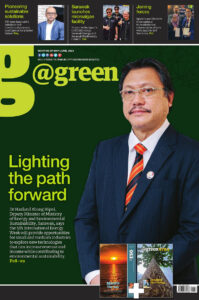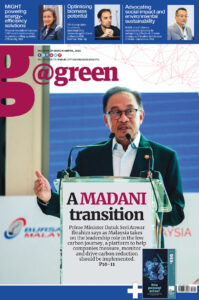Singapore International Energy Week (SIEW) is an annual event organised by the Singapore Energy Market Authority (EMA), a statutory board under the Ministry of Trade and Industry. It serves as a platform to gather energy professionals, policymakers and commentators to share best practices and solutions within the global energy space. One of the event’s highlights is the Singapore Energy Summit (SES).
Session 2 of the Singapore Energy Summit, titled ‘Restructure: Pursuing Green Growth’, featured industry experts and government leaders’ discussion regarding how Asian economies can be restructured to accelerate green growth and job creation.
Energy Minister of Brunei Darussalam Dato Seri Setia Dr Awang Mat Suny began the session by urging Asian countries to take any opportunity to drive the region towards a more sustainable energy future.
According to Awang, technological advancement and private sector investments alone were insufficient in moving the green economy forward. The government’s support and enabling policies were essential to shape consumer behaviour and further improve the collaboration between the public and private sectors.
He shared that Brunei had taken several key initiatives in 2021 by establishing energy efficiency standards, adopting Zero Routine Flaring (ZRF) to promote sustainable production, and ‘As Low As Reasonably Possible’ (ALARP) policies to reduce industrial emissions by 2035.
During the event, Alfonso G. Cusi, Secretary of Energy, represented the Republic of the Philippines. In his keynote address, Cusi shared about 3Gs – gauge, growth and gather – which he believed works as a guide in the energy transition.
The explanation on the 3Gs was as follows:
1. Gauge – To consistently assess and adapt to ensure that policies in place are effective in driving green growth
2. Growth – To ramp up capacity to meet increasing energy demand
3. Gather – To develop and strategise efforts through bilateral and multilateral collaboration
Manuela V. Ferro, the Regional Vice President, East Asia and Pacific (EAP) of The World Bank Group, East Asia and Pacific, shared that coal still accounted for 40 per cent of global power generation. To support industrial activities and households, she emphasised the need for massive investments in clean energy and grid infrastructure.
“We estimate that meeting the NDC targets of China, Indonesia, Philippines, and Vietnam will require investments of US$8 trillion for the power sector alone between 2020 and 2040. A more aggressive scenario aligned with the Paris agreement could increase the required investments to US$10 trillion,” said Ferro.
The session also featured a special interview with Francesco La Camera, Director-General, International Renewable Energy Agency (IRENA), who stated that cost reduction for renewables was essential to accelerating the energy transition in Southeast Asia. Other factors that would support the effort included mobilising investments in clean energy projects and carbon pricing.
Enabling policies and green financing
Participants were then engaged with a discussion moderated by Gauri Singh, IRENA Deputy-General, which highlighted the potential of green development through policies and financing. The forum featured speakers Thomas Baudlot, Prof Kang Seung-Jin, Kazuhisa Yano, Audra Low, and Eric Pang.
“The public sector plays a key role in catalysing and managing the energy transition,” commented Gauri.
Baudlot, CEO Energy Solutions APAC and Country Head South East Asia, ENGIE South East Asia, then emphasised the importance of suitable business models and partnerships in green projects. In addition, Kang, the Chairman of the Electricity Regulatory Commission (KOREC), named four integral approaches towards energy transition: job creation, renewable targets, innovation, and green industries.
According to Yano, Executive Chairman and Chief Asia Representative of Osaka Gas, the government can assist in financing and establishing the right policies to reduce carbon emission. As for the financial sector, Low, Chief Executive Officer of Clifford Capital, said an appropriate financing structure would be crucial to influence market behaviour and bring in more investments for green projects. For example, the international banks’ decision to exclude the financing schemes for coal-fired power plants.
Pang, Director, Electrical and Mechanical Services Department of Hong Kong SAR, China, believed that public education is required to create awareness and seek public buy-in to shape energy consumption patterns. He highlighted the importance of energy efficiency measures such as raising the minimum energy requirements to promote innovation and new technologies and strengthening collaboration between energy stakeholders. — @Green









